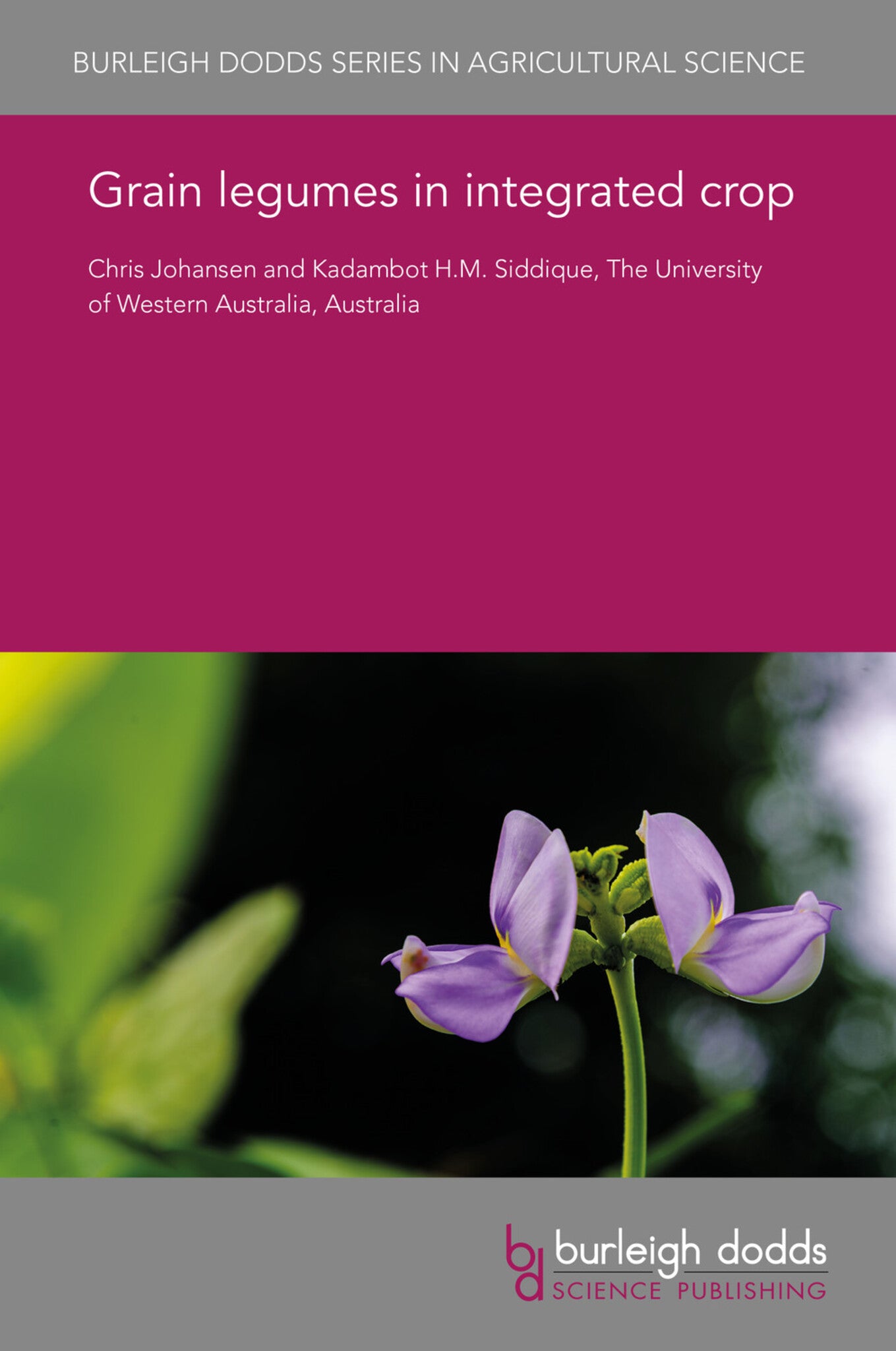We're sorry. An error has occurred
Please cancel or retry.
Grain legumes in integrated crop management systems

Some error occured while loading the Quick View. Please close the Quick View and try reloading the page.
Couldn't load pickup availability
- Format:
-
12 March 2018


TECHNOLOGY & ENGINEERING / Agriculture / Sustainable Agriculture, Agronomy and crop production, TECHNOLOGY & ENGINEERING / Agriculture / Tropical Agriculture, TECHNOLOGY & ENGINEERING / Agriculture / Agronomy / General, Sustainable agriculture, Tropical agriculture

1 Introduction 2 Yield gaps 3 Better pinpointing of constraints 4 Case studies 5 Avenues for agronomic improvement: conservation agriculture 6 Avenues for agronomic improvement: crop intensification 7 Avenues for agronomic improvement: adaptation to climate change 8 Refocusing agronomy for grain legumes 9 Where to look for further information 10 References



